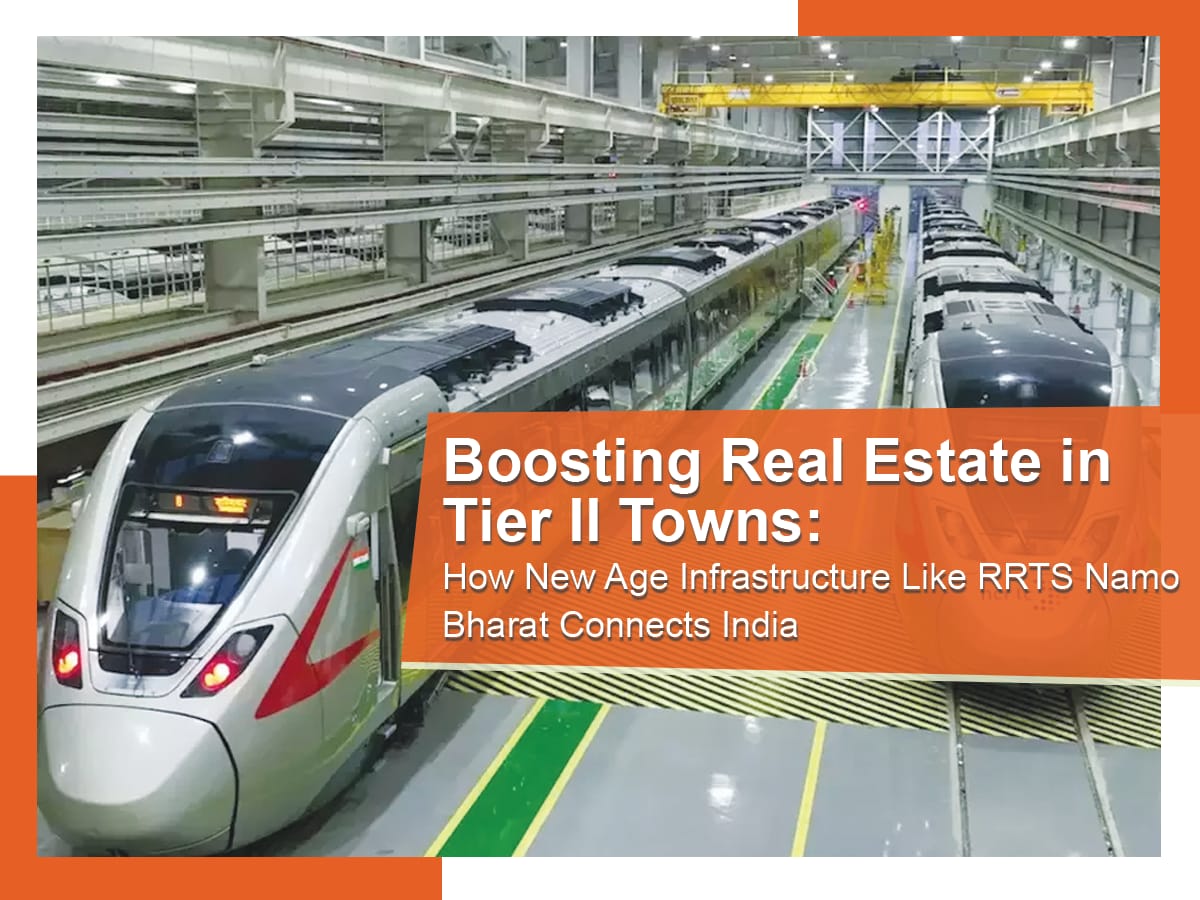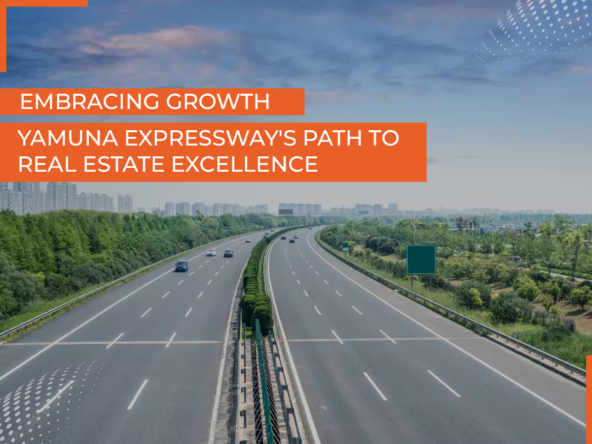India is on the verge of a significant transformation, driven by the development of cutting-edge infrastructure projects. One of the most anticipated ventures in this space is the Regional Rapid Transit System (RRTS), colloquially known as ‘Namo Bharat’. This transformative initiative is set to link Tier II towns with the national capital, and its impact on the real estate sector is nothing short of revolutionary.
The inauguration of ‘Namo Bharat’ marks a milestone in enhancing regional connectivity. The 17-kilometer priority section, Delhi – Ghaziabad- Meerut RRTS will usher in a new era of travel in the region. Key stations include Sahibabad, Ghaziabad, Guldhar, Duhai, and Duhai Depot. The project aligns perfectly with Prime Minister Narendra Modi’s vision of improving regional connectivity through world-class transport infrastructure.
With trains operating at intervals as short as 15 minutes, and the flexibility to increase frequency to five minutes as per demand, ‘Namo Bharat’ is set to redefine intercity commuting. As a consequence, the real estate sector in these Tier II towns stands to gain immensely.
The impact of such new age infrastructure projects on real estate is evident from similar success stories, like the exponential growth witnessed in Noida and Greater Noida after the introduction of the metro system. Improved connectivity is a magnet for investment, fueling demand for both residential and commercial real estate. People find these areas more attractive to live and do business, leading to a surge in demand for real estate properties.
Moreover, Tier II and Tier III cities in India have emerged as promising destinations for real-estate investments. In this dynamic era of transformation and economic growth, these cities showcase their resilience and adaptability. Their continuous evolution plays a pivotal role in shaping India’s real-estate landscape, driving economic prosperity, and serving as a model for sustainable development.
The interplay between infrastructure development and the real estate sector in India is symbiotic. Well-planned transportation networks, such as highways and metro systems, become magnets for investments and businesses. The proximity to airports, highways, and metro stations becomes a significant factor for both homebuyers and businesses looking for strategic locations. Additionally, improved transportation infrastructure fosters the development of satellite towns and suburban areas, alleviating the burden on overcrowded urban centers.
Infrastructure-led real estate developments have been instrumental in driving urbanization and economic growth. As cities expand and become more connected, they attract investments, businesses, and talent. Urban clusters that have witnessed infrastructure development experience job creation, increased economic activity, and a rise in per capita income. The development of commercial spaces, retail hubs, and hospitality sectors fosters entrepreneurship and enhances the overall economic ecosystem.
In conclusion, the ‘Namo Bharat’ train and other infrastructure projects like the RRTS represent a leap forward in enhancing connectivity and economic growth. These developments not only improve the lives of people in Tier II towns but also present an appealing prospect for real estate investments. As India’s infrastructure continues to evolve, the interplay between infrastructure development and real estate growth will continue to shape the nation’s future.
If you are looking to invest in these regions, My Realestate Services offers a wide range of property choices. Feel free to connect with us to discover the right investment options for you.













